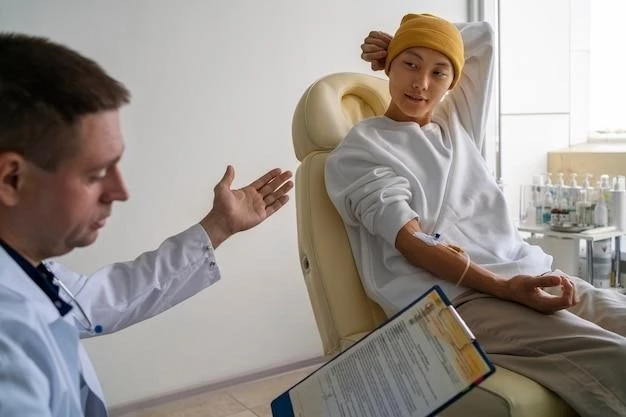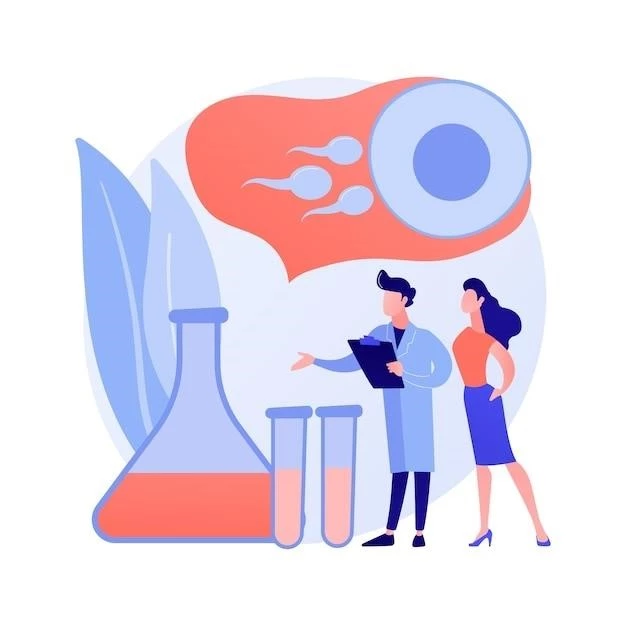Overview of Atelosteogenesis, Type II
Atelosteogenesis, Type II is a rare genetic disorder affecting bone development in infants.
Understanding Atelosteogenesis, Type II
Atelosteogenesis, Type II is characterized by severe skeletal abnormalities, short limbs, and a small ribcage. This condition affects the proper growth and development of bones, leading to physical limitations. Understanding the impact of the genetic mutation causing this disorder is crucial for diagnosis and treatment.
Genetic Mutation Associated with Atelosteogenesis, Type II
Atelosteogenesis, Type II is caused by mutations in the SLC26A2 gene, which provides instructions for producing a protein essential for bone development. These mutations disrupt skeletal growth, resulting in the characteristic features of the disorder. Understanding the genetic basis of Atelosteogenesis, Type II is crucial for targeted therapies and genetic counseling.
Causes of Atelosteogenesis, Type II
The main cause of Atelosteogenesis, Type II is genetic mutations affecting bone development.
Genetic Causes
Atelosteogenesis, Type II is primarily caused by mutations in the SLC26A2 gene, which disrupt the normal formation of bones during development. These genetic changes lead to the characteristic skeletal abnormalities seen in individuals with this condition. Understanding the genetic causes of Atelosteogenesis, Type II is essential for accurate diagnosis and potential future targeted treatments.
Environmental Factors
Environmental factors do not play a significant role in the development of Atelosteogenesis, Type II. This condition is primarily driven by genetic mutations affecting bone growth and development. While environmental influences can impact overall health, the specific cause of Atelosteogenesis, Type II lies in genetic factors.

Symptoms and Diagnosis of Atelosteogenesis, Type II
Identifying characteristic skeletal abnormalities aids in diagnosing Atelosteogenesis, Type II.
Common Symptoms
Common symptoms of Atelosteogenesis, Type II include short stature, limb abnormalities, a small ribcage, joint dislocations, underdeveloped lungs, and distinctive facial features. These symptoms are typically present at birth and aid in recognizing the condition early on. A thorough evaluation by medical professionals is crucial for diagnosis.
Methods of Diagnosis
Diagnosing Atelosteogenesis, Type II involves a physical examination to assess skeletal features, imaging studies like X-rays and ultrasounds to evaluate bone structure, and genetic testing to identify mutations in the SLC26A2 gene. Prenatal ultrasounds can also provide early indications of the condition. A multidisciplinary approach is essential for an accurate diagnosis.
Treatment Options for Atelosteogenesis, Type II
Managing symptoms and complications of Atelosteogenesis, Type II through various interventions.
Medical Interventions
Medical interventions for Atelosteogenesis, Type II focus on managing symptoms and complications. This may include orthopedic surgeries to correct bone deformities, respiratory support for lung issues, physical therapy to improve mobility, and ongoing monitoring by healthcare professionals to address any emerging problems. A multidisciplinary approach is essential for comprehensive care.
Therapies and Rehabilitation
Therapies and rehabilitation play a vital role in managing Atelosteogenesis, Type II. Physical therapy helps improve muscle strength and joint function, occupational therapy enhances daily living skills, and respiratory therapy aids in lung function. Assistive devices and orthotic support may also be beneficial. Rehabilitation programs are tailored to the individual needs of patients to optimize their functionality and quality of life.
Prognosis and Complications of Atelosteogenesis, Type II
Understanding the outlook and potential challenges associated with Atelosteogenesis, Type II.
Potential Complications
Atelosteogenesis, Type II can lead to potential complications such as severe skeletal deformities, respiratory issues due to underdeveloped lungs, joint limitations, and mobility challenges. Individuals may also face difficulties with activities of daily living and may require ongoing medical interventions and therapies to manage these complications effectively. Early diagnosis and comprehensive care are key in addressing the potential challenges associated with this condition.
Long-Term Prognosis
The long-term prognosis for individuals with Atelosteogenesis, Type II varies depending on the severity of skeletal abnormalities and associated complications. With early diagnosis, multidisciplinary medical care, ongoing therapies, and technological advancements, some individuals can achieve improved mobility and quality of life. However, the condition may pose lifelong challenges that require continuous management and support.
Research Advances in Atelosteogenesis, Type II
Exploring new treatments and understanding the genetic mechanisms behind Atelosteogenesis, Type II.
Current Research Studies
Ongoing research studies focus on further understanding the genetic underpinnings of Atelosteogenesis, Type II, exploring potential targeted therapies, and improving diagnostic techniques. Collaborative efforts among geneticists, orthopedic specialists, and researchers aim to enhance clinical outcomes and quality of life for individuals affected by this rare skeletal disorder. Stay tuned for updates on the progress of these studies.
Emerging Treatments
Emerging treatments for Atelosteogenesis, Type II focus on targeted therapies that address specific genetic mutations causing the condition. Research is underway to develop innovative interventions aimed at correcting skeletal abnormalities and improving overall bone development. These advancements offer hope for more tailored and effective treatment options in the future, potentially transforming the outlook for individuals living with Atelosteogenesis, Type II.
Genetic Factors in Atelosteogenesis, Type II
Understanding the genetic mutations contributing to Atelosteogenesis, Type II and their implications.
Understanding Genetic Inheritance
Atelosteogenesis, Type II follows an autosomal recessive pattern of inheritance, meaning that both parents must pass on a copy of the mutated gene for the child to develop the condition. Individuals with only one copy of the mutated gene are carriers and typically do not present with symptoms. Understanding the inheritance pattern is crucial for genetic counseling and family planning decisions among at-risk families.
Impact of Genetic Testing
Genetic testing plays a critical role in the diagnosis and management of Atelosteogenesis, Type II. By identifying specific mutations in the SLC26A2 gene٫ healthcare providers can confirm the presence of the disorder٫ provide tailored medical care٫ offer accurate prognosis assessments٫ and facilitate genetic counseling for families. The information obtained from genetic testing is invaluable in guiding treatment decisions and ensuring proper support for individuals affected by Atelosteogenesis٫ Type II.
Support and Resources for Atelosteogenesis, Type II
Accessing essential support services and resources beneficial for individuals with Atelosteogenesis, Type II.
Support Groups and Organizations
Support groups and organizations dedicated to Atelosteogenesis, Type II offer emotional support, information sharing, and a sense of community for individuals and families facing this rare condition. These groups often provide valuable resources, educational materials, and connections to experts in the field. By joining these supportive networks, individuals can find comfort, guidance, and solidarity throughout their journey with Atelosteogenesis, Type II.
Available Resources for Patients and Families
Various resources are available for patients and families impacted by Atelosteogenesis, Type II. These include online support forums, educational materials, assistance programs, and guidance on accessing specialized medical care. Additionally, genetic counselors and healthcare providers can offer personalized information and help navigate available resources to ensure comprehensive support for individuals affected by this rare skeletal disorder.
